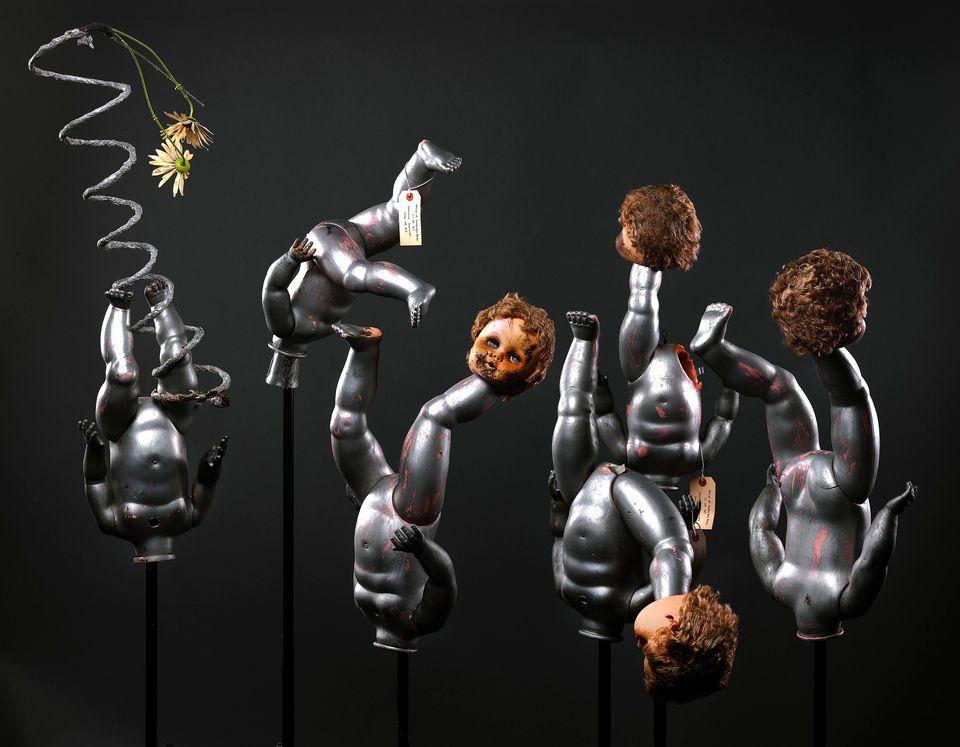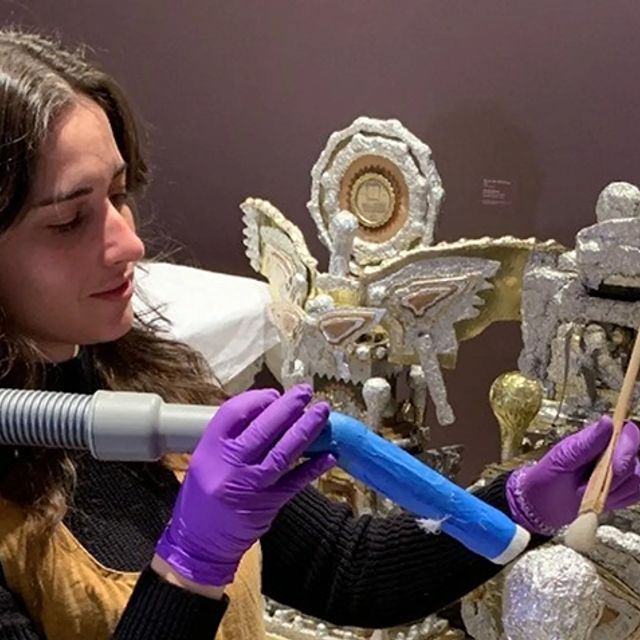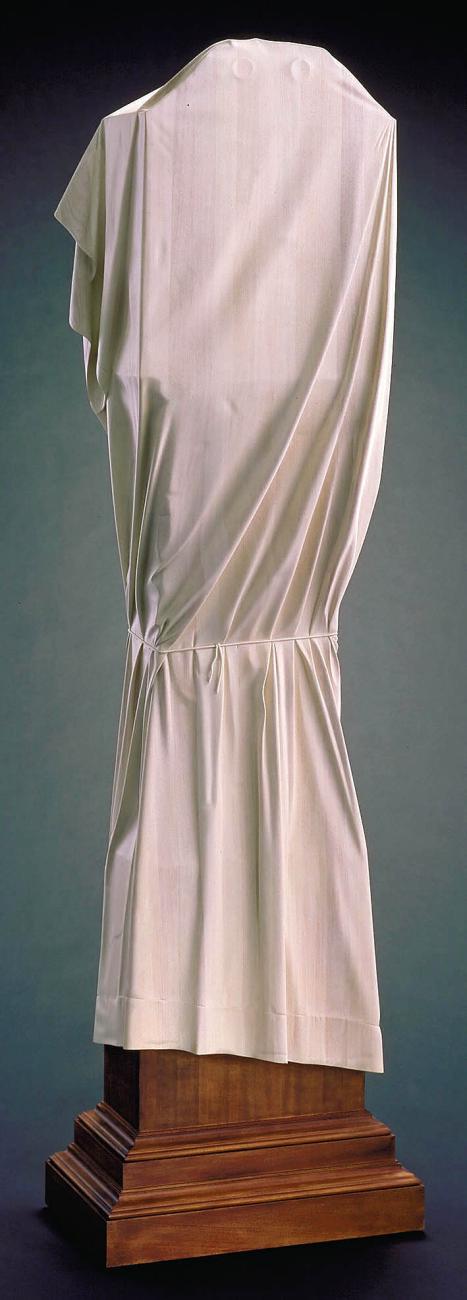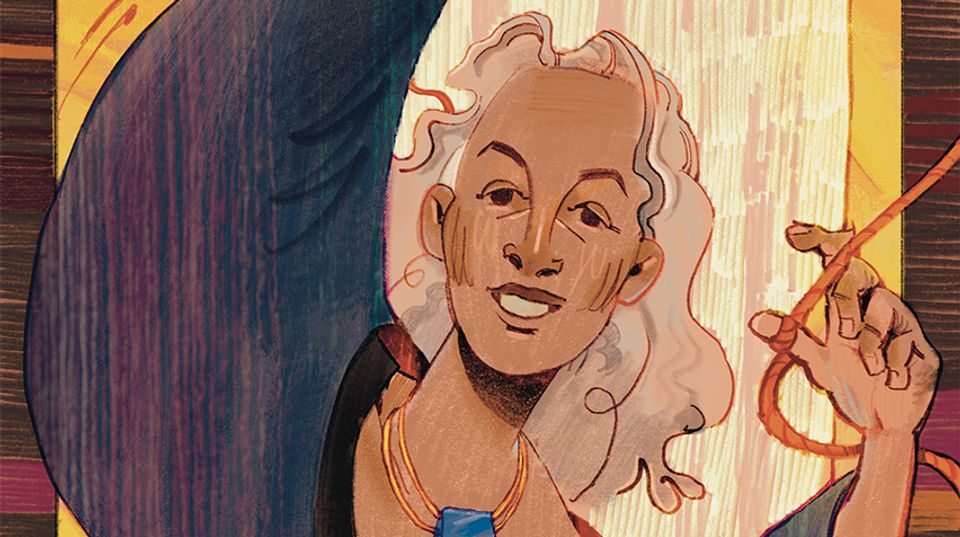

It has been a bumper season for eerie exhibitions at SAAM and the Renwick Gallery, from our “dollhouses of death,” to an installation of ominous train tracks, to the dark and mysterious world of lumia, whose smoky wisps beckon like spirits from the beyond.
Inspired by this Halloween mood, as well as this week’s welcome return of Netflix favorite, Stranger Things, I decided to take a look in the collection for artworks that might not feel so out of place in The Upside Down.
She’s our friend, and she’s crazy
Though this portrait is over a century old, somewhere under that blonde mop do I detect shades of a girl with psychokinetic abilities and a love of Eggo waffles?
The vanishing of Will Byers
In her 1914 work, Child of the Ages, Da Loria Norman depicts a young boy, kneeling and aglow with innocence, against the dark nave of a cathedral. He is an allegorical figure, just like Will Byers: a universal symbol of the essential humanity that must be protected from the dark forces in our walls...and within ourselves.
I don’t care if anyone believes me
The dark mood of Isami Doi’s wood-engraved print, From the Book of Verse by the Smoking Lamp, I Turn to Watch the Phantom Shadows, is probably one that poor, haunted Joyce Byers could relate to.
Hey, a flower has gotta eat
The designers of the concept art behind the faceless Demogorgon have said that their inspiration included both flowers and snapping turtles. I'd also like to suggest that someone create a fictitious monster based on Robert Mickelsen's glass piece Organism Series--Carnivore. Those spines and tendrils!
I Am...Doll Parts
Clarence Schmidt was known for his monumental environmental sculpture on Ohayo Mountain, in Woodstock, New York, which he constructed from found objects and recycled materials. Let's just say that some of his found objects were creepier than others.
Handsome Devil
Devil on a Root Monster is a piece of folk art that manages to be simultaneously sinister and also kind of adorable. The artist, Miles Carpenter, would gather roots and branches from around his home in Waverly, Virginia, and carve them into fantastic monsters, allowing the natural shape of the wood to inspire him.
Sheet Show
The imposing Ghost Clock, Wendell Castle’s 1985 trompe l’oeil masterpiece, is popular with museum visitors year round, but come October it is all too easy to imagine the mahogany sculpture gracing the drawing room of haunted mansion.
Barb, chill
Was there ever a more ominous suburban swimming pool than the one where poor Barb meets her fate in the first season of Stranger Things? Bill Owen’s 1980 photograph echoes the mood, dark shadows encroaching on a place usually meant to signify “fun,” raising questions in my mind about who (or what) lurks outside the frame.
Happy Halloween, and Merry Binge-Watching!

























